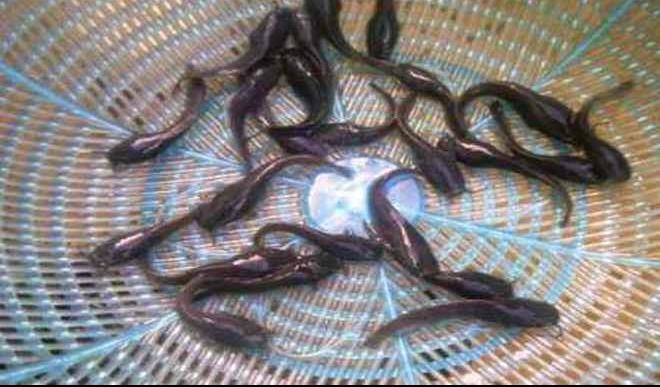Catfish farmers using earthen ponds, surface tanks, plastic tanks etc. often face the challenge of high fingerlings mortality rates when raising them.
As such, utmost care need to be exercised in handling these fragile fishes in order to optimise production and profit.
A healthy pond grooms healthy fishes. Prior to stocking, 250kg of lime should be applied per acre of pond surface. Also ensure that other unwanted wastes and organisms like frog are cleared before stocking the pond.
Fingerlings are most vulnerable when they are less than 10g in size, thus the highest mortality rates occur during this period.
Over stocking the pond also leads to high mortality. This is because they need to be fed with a relatively large quantity of feed which will thus result in higher amount of waste released into the pond.
High amount of waste in fish ponds degrades water quality and should be minimised as much as possible.
Secondly, catfish are carnivorous by nature, which means they feed on flesh. So one should ensure that when stocking fingerlings, they should be sorted weekly and fingerlings of the same size should be stocked together.
Again, fingerlings of similar sizes should be stocked into smaller tanks before transferring them to the main grow-out pond.
Overfeeding fingerlings and juveniles may also lead to high mortality rates because they have uncontrollable appetite which lead to overfeeding and consequently death.
Another reason is transfer stress, when they are transferred from one location to another, such fingerlings/ juveniles should be left for at least 24hours before feeding.





